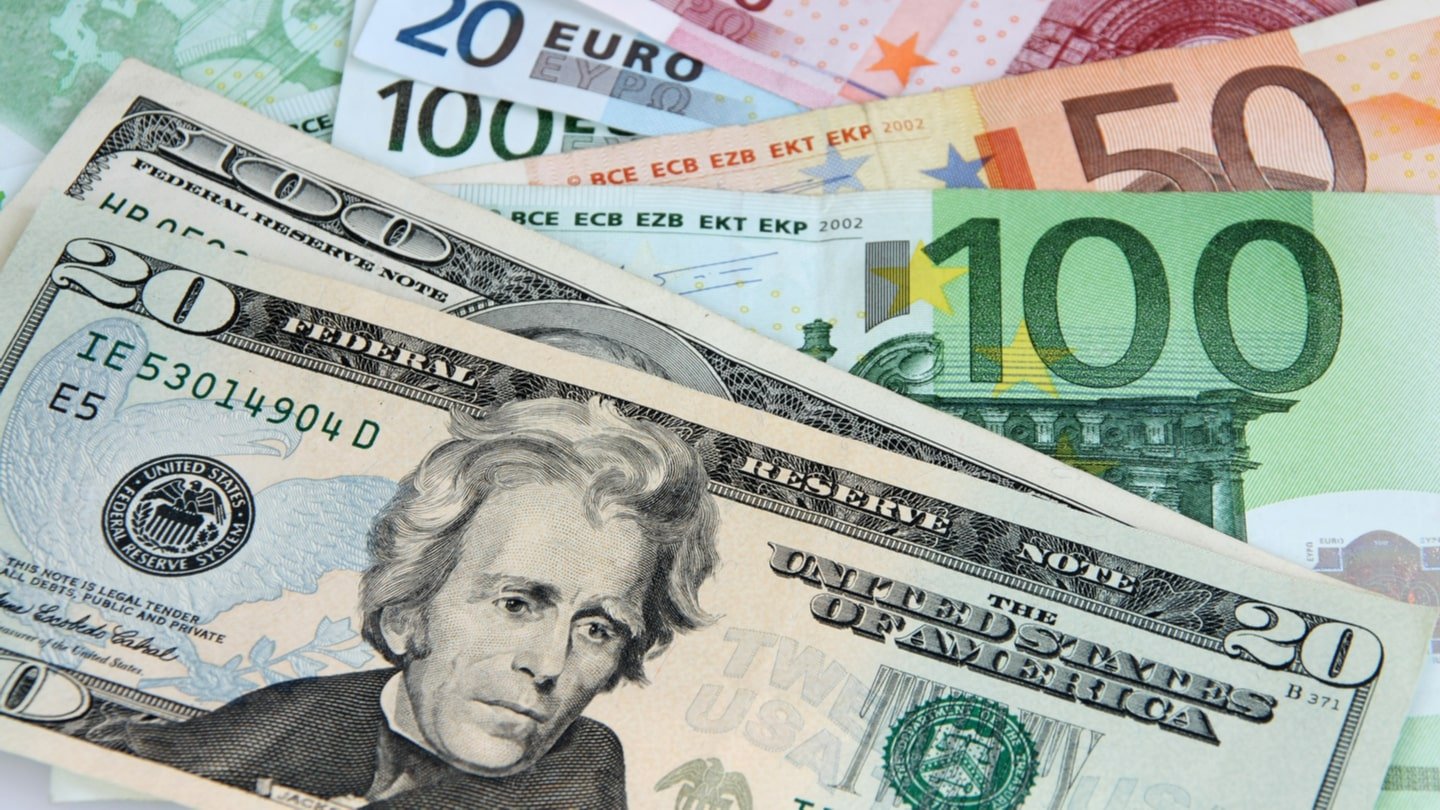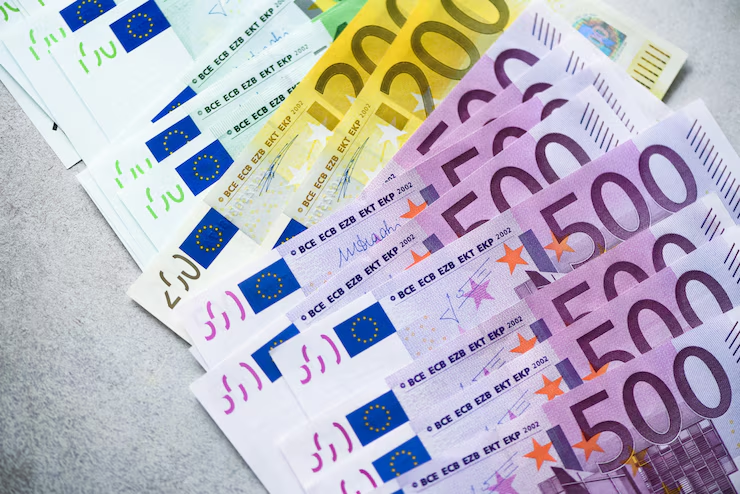EUR/USD Grapples Below 1.0900 on Overbought Conditions, Trade War Jitters
The EUR/USD currency pair is under selling pressure below the significant 1.0900 barrier, as an overbought technical environment and fresh global trade war tensions offer resistance. Despite its bullish tone above the 100-day Exponential Moving Average (EMA), the pair has dropped to approximately 1.0830 during early European trade on Monday. The Relative Strength Index (RSI) around 70 indicates limited upside potential in the near term, which may trigger possible consolidation. The traders now look forward to crucial economic indicators, such as Germany’s Industrial Production and the Eurozone Sentix Investor Confidence, for fresh directional signals. KEY LOOKOUTS • EUR/USD encounters strong resistance at the 1.0900 level; a strong breakout can trigger a rally towards 1.0936 and 1.1000. • The RSI at 71 indicates overbought levels, which could signal a pullback or consolidation prior to the next directional movement. • A decline below 1.0712 could gain traction in the bearish direction, leaving the pair vulnerable to the 100-day EMA level of 1.0544 and lower. • Traders look to Germany’s Industrial Production and Eurozone Sentix Confidence Index for new market catalysts and possible EUR/USD volatility. The EUR/USD currency pair remains under pressure, fluctuating around 1.0830 as it fights to cross above the important psychological resistance of 1.0900. In spite of trading above the 100-day Exponential Moving Average (EMA), the overbought Relative Strength Index (RSI) close to 71 shows minimal near-term upside potential, pointing towards a possible phase of consolidation. Market sentiment is still bearish as fears of a possible global trade war continue to escalate, weakening appetite for riskier currencies such as the Euro. Market participants are now focusing their attention on forthcoming economic releases, such as Germany’s Industrial Production figures and the Eurozone Sentix Investor Confidence Index, for new hints that might drive the next direction in the EUR/USD pair. EUR/USD is held below the 1.0900 resistance line on overbought RSI readings and concerns of global trade war. Investors are waiting for significant Eurozone releases for new direction. Continuing to hold above the 100-day EMA remains bullish to a modest extent. • EUR/USD trades near 1.0830, unable to gain traction above the psychological barrier of 1.0900. • Overbought RSI at levels around 71 suggests potential consolidation or minor retracement in the near term. • The currency pair is in a positive skew, trading above the 100-day Exponential Moving Average (EMA), upholding the bullish setup. • The nearest resistance is at 1.0900, with additional upside targets at 1.0936 and the pivotal 1.1000 level. • First support is at 1.0712, with additional downside risk to 1.0544 (100-day EMA) and 1.0360. • Risk appetite is under pressure due to global trade war tensions, impacting demand for risk assets such as the Euro. • Attention is on the forthcoming economic indicators, such as Germany’s Industrial Production and Eurozone Sentix Investor Confidence for new directional signals. EUR/USD is still in the spotlight among investors with increasing fears regarding the overall global economic environment. Market sentiment has become fearful as the specter of a possible trade war discourages risk appetite, and investors are keeping a sharp eye on political and economic happenings. In such a setup, the Euro tends to get exposed to overall market movements, particularly when the world is experiencing heightened uncertainty. At the start of the week, market players are keeping an eye on developments that may influence the overall financial environment and currency fluctuations. EUR/USD Daily Price Chart Chart Source: TradingView Investors are also anticipating major economic data releases from Europe, including Germany’s Industrial Production numbers and the Eurozone Sentix Investor Confidence. These reports will give new information about the state of the European economy and can impact investor sentiment. With volatility likely to continue, market participants are still paying close attention to macroeconomic variables and geopolitical events that can influence the direction of major currency pairs like EUR/USD in the near term. TECHNICAL ANALYSIS EUR/USD has a moderately bullish bias as it remains above the 100-day Exponential Moving Average (EMA), showing underlying support. Nevertheless, the Relative Strength Index (RSI) above the 70 level signals overbought, and therefore, the pair might experience resistance in further extending its rise without a retracement pullback. The psychological barrier at 1.0900 continues to be the major obstacle, and a decisive breach above here could set the stage for more gains. Conversely, if the selling gathers pace, the support levels will be monitored to resist a deeper pullback. FORECAST EUR/USD is able to break through the near-term resistance at 1.0900, it might indicate fresh bullish strength in the pair. A successful break might lead the way towards 1.0936, a recent swing high, and then the psychological level at 1.1000. Strong buying interest and positive economic news from the Eurozone might also sustain this upward move, prompting traders to position for higher levels in the near term. Conversely, if the pair is unable to sustain its current levels and comes under mounting selling pressure, it may move towards the initial support level of 1.0712. A fall below this level can initiate a more severe correction towards the 100-day EMA of 1.0544, with additional weakness potentially pulling the pair down to 1.0360. Any disappointing economic data or heightened global risk aversion could accelerate the downside move, weakening the Euro further against the US Dollar.




